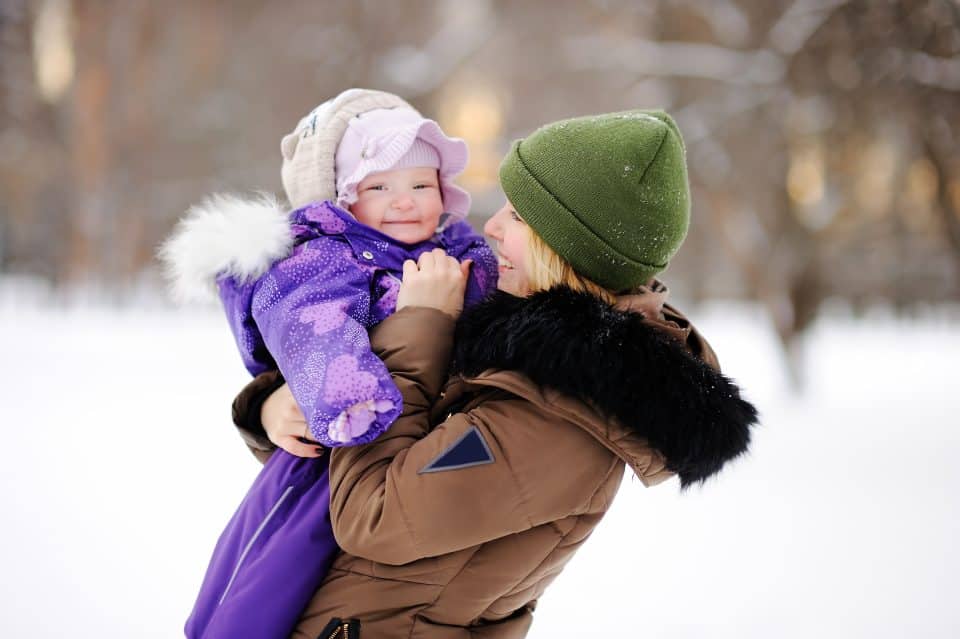How to Ease Separation Anxiety

Separation anxiety is not only a sign of attachment to caregivers, but also, the expansion of both emotional and cognitive development.
As a baby’s brain develops, he or she begins to understand that things exist even if they can’t see them. For example, if a toy is moved into another room, he or she understands that the toy is somewhere, just not in front of them. The same awareness happens with people—especially parents and caregivers.
Separation anxiety is common for infants 9 to 18 months old. It typically eases around 2 years, but can continue to happen when a child feels stressed. Separation anxiety can also be difficult for the parent or caregiver.
While a challenging time of development, there are ways for parents and caregivers to help ease a child’s separation anxiety.
These strategies include:
- Helping the child adjust to new settings: Children can feel anxious when they go to a new place. Caregivers can help parents and children ease this stress by having the parent stay a while as the child is introduced to new surroundings and begins to explore. Separation anxiety should lessen as the child becomes more comfortable over time.
- Talking to the child about the day ahead: Preparing the child for time away is important. Parents can talk to the child about what to expect during the day. “Today, you are going to play with your friends and I am going to work. After nap time, I will come to pick you up and you will go home.”
- Making goodbyes quick and simple: Long goodbyes can add to the stress of leaving. Parents can help their children transition to being away by developing a quick and simple goodbye routine such as a hug or wave.
For more information about encouraging healthy development, visit www.helpmegrowmn.org.



